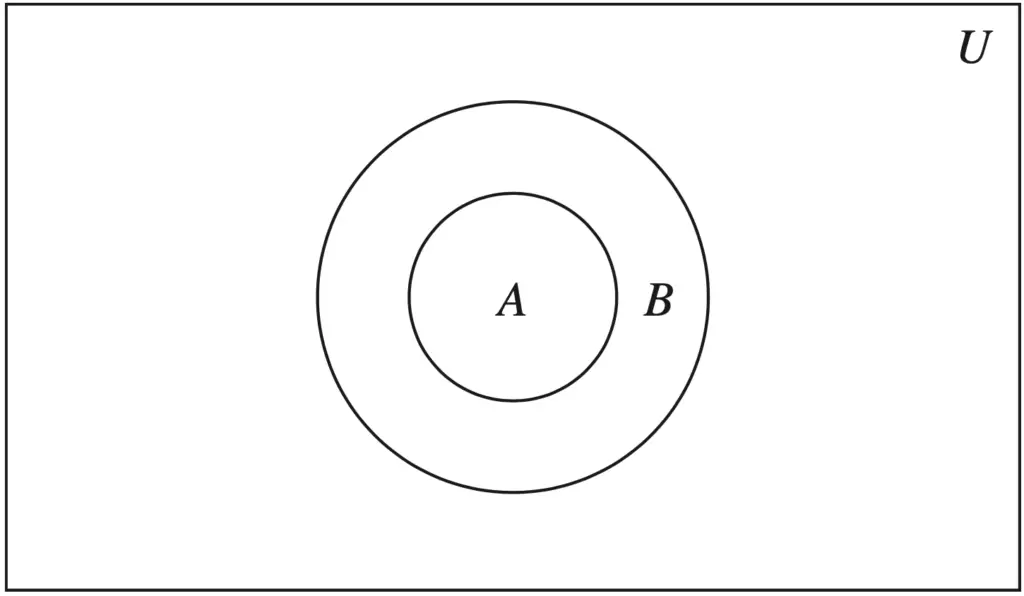Construct a deterministic finite-state automaton that recognizes the set of all bit strings beginning with 01
To solve this exercise, we have to options. We can answer using a state table or state diagram. First, we need to consider that to be in the final state, we need first to start from S0, and recognize a 0, and then a 1. This tells us that we should have at least three […]

